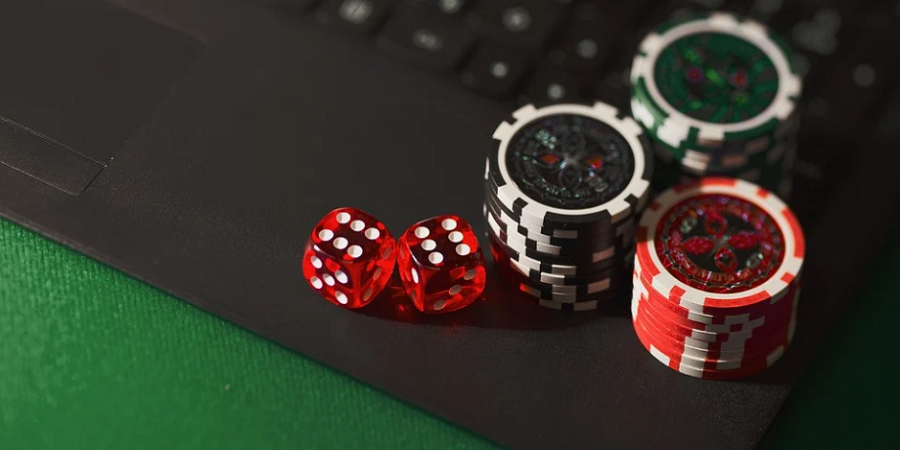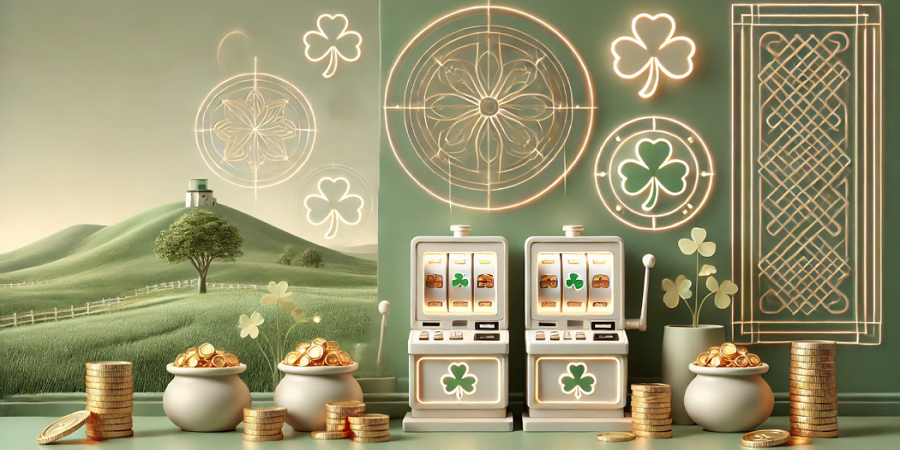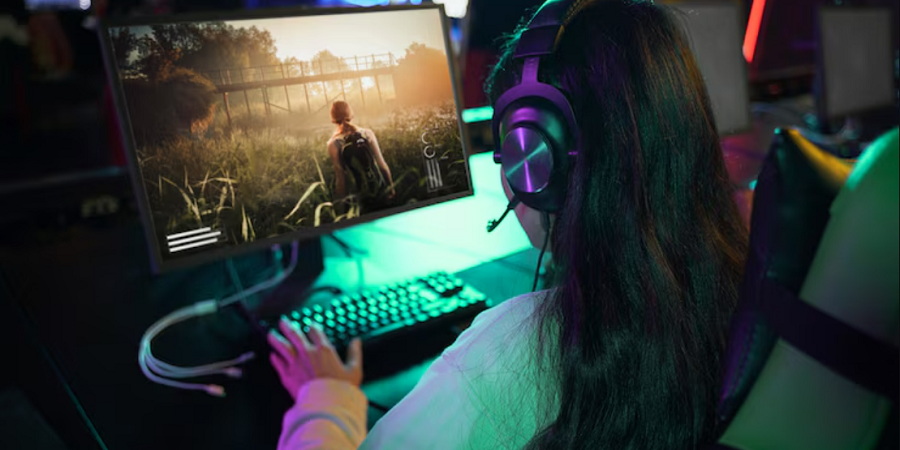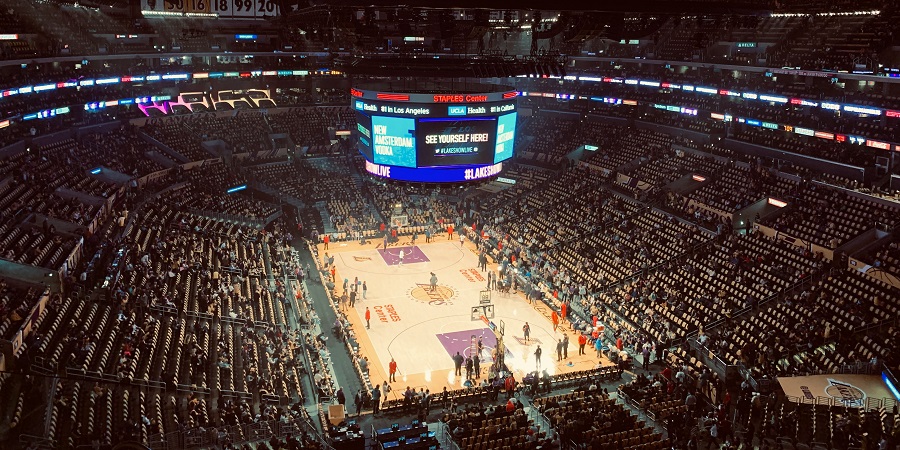Crossover Merchandise and Economic Impact of the Anime and Gaming Industries
In recent years, the anime and gaming industries have grown closer. This partnership has changed their economic landscapes. It sparked a boom in crossover merchandise. Exclusive game editions with anime-themed bonuses are now common. Popular anime series often promote gacha games. And you can find this influence even in online casino slots. These collaborations have created a thriving market. Both industries benefit.
But beyond fan excitement, there’s a deeper economic impact. It plays a key role in business strategies and survival, especially for niche genres. This article explores how anime-gaming crossovers shape the economic plans of both industries. It also highlights their importance for niche genres.
The Rise of Crossover Merchandise
Anime and gaming are cultural giants with passionate fan bases. As both industries grow, crossover merchandise has become a powerful tool. Companies create anime-themed products for games and game-inspired items for anime. These range from collectible figures and clothing to digital items and accessories. Limited-edition crossover products, like character skins or exclusive posters, often push fans to buy quickly, fearing they’ll miss out.
These collaborations tap into a shared market where fans enjoy both anime and gaming. By combining interests, companies expand their customer base and boost revenue. The limited-time availability of crossover items creates scarcity, increasing demand and allowing companies to charge premium prices.
Economic Impact on the Anime and Gaming Industries
The economic impact of crossover merchandise is complex. First, these collaborations bring direct revenue from merchandise sales. Popular franchises like “Sword Art Online” and “Fate/Grand Order” have turned fan followings into big profits. But the influence goes beyond immediate sales. Crossover merchandise builds brand loyalty, keeps fans engaged, and drives traffic to both anime and gaming platforms, supporting long-term growth.
By teaming up, anime and gaming companies can share marketing costs. This is crucial in a competitive market. Pooling resources lowers the risk of launching new products. Both sides can promote the crossover to their existing fans, creating a win-win situation. These partnerships also open new advertising opportunities. For example, game studios may release crossover events with anime characters to match a new anime season or film. This mutual promotion boosts visibility for both brands.
Role of Crossovers in Sustaining Niche Genres
Crossovers can be a lifeline for niche genres without mainstream appeal. Mecha anime, slice-of-life, and certain JRPGs often struggle to attract large enough audiences for standalone merchandise. Crossover products help these genres stay viable by tapping into the fanbases of more popular series.
For instance, a mecha anime might team up with a popular gacha game to release exclusive in-game items. This draws in fans who may not have been interested in mecha before, creating a new audience. Similarly, JRPGs can reach anime fans through crossovers with beloved characters or stories, encouraging them to try the game.
These collaborations also encourage fans to explore new genres, slowly expanding their interests. For companies, this is a smart way to introduce audiences to content they might not have found otherwise. By featuring niche genres in popular crossovers, companies spark curiosity and draw attention to lesser-known series, helping them survive in the market.
Long-Term Strategic Benefits
Anime and gaming crossovers aren’t just short-term marketing tactics. They are strategic moves with long-term benefits. The sales data from crossover merchandise offers key insights into consumer preferences. For example, if an anime-themed game edition sells well, companies might create spin-offs or expand that theme in future projects.
Crossover merchandise also helps build brands. By linking with popular franchises, both anime and gaming companies boost their reputations and secure their place in the market. This shared branding strengthens customer loyalty. Fans feel more attached to both industries, encouraging them to keep buying products and joining events.
Challenges and Considerations
Despite their benefits, crossovers come with challenges. Over-saturation is a risk. Too many collaborations can weaken the appeal and lead to consumer fatigue. To stay effective, companies must choose partnerships that fit their brand and ensure high product quality.
Another issue is the focus on digital platforms, especially in gaming. If a crossover event or item is only available digitally, it may alienate fans who prefer physical collectibles or lack access to digital content. Companies need to balance digital and physical merchandise to reach a wider audience and appeal to different fan preferences.
A Fusion of Success
The fusion of anime and gaming through crossover merchandise is a strong economic strategy. It benefits both industries. By tapping into shared fanbases, companies expand their reach, support niche genres, and build stronger brands. As the entertainment world evolves, the bond between anime and gaming will likely grow, opening new paths for growth and innovation. In a world where fandoms and genres overlap, crossover merchandise isn’t just a trend. It’s a lasting strategy with a big economic impact.










